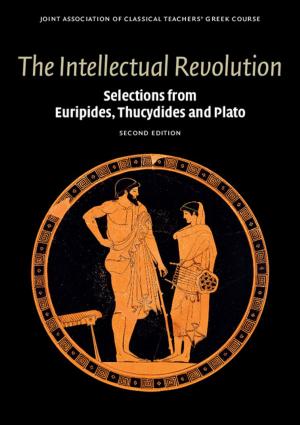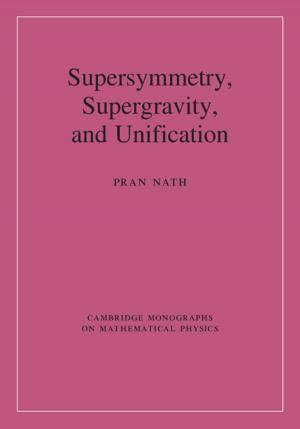The International Atlas of Mars Exploration: Volume 2, 2004 to 2014
From Spirit to Curiosity
Nonfiction, Science & Nature, Science, Physics, Astronomy, Mathematics| Author: | Philip J. Stooke | ISBN: | 9781316461280 |
| Publisher: | Cambridge University Press | Publication: | April 7, 2016 |
| Imprint: | Cambridge University Press | Language: | English |
| Author: | Philip J. Stooke |
| ISBN: | 9781316461280 |
| Publisher: | Cambridge University Press |
| Publication: | April 7, 2016 |
| Imprint: | Cambridge University Press |
| Language: | English |
Beginning with the landing of the Spirit and Opportunity rovers in 2004 and concluding with the end of the Curiosity mission in 2014, this second volume of The International Atlas of Mars Exploration continues the story of Mars exploration in spectacular detail. It is an essential reference source on Mars and its moons, combining scientific and historical data with detailed and unique illustrations to provide a thorough analysis of twenty-first-century Mars mission proposals, spacecraft operations, landing site selection and surface locations. Combining a wealth of data, facts and illustrations, most created for this volume, the atlas charts the history of modern Mars exploration in more detail than ever before. Like the first volume, the atlas is accessible to space enthusiasts, but the bibliography and meticulous detail make it a particularly valuable resource for academic researchers and students working in planetary science and planetary mapping.
Beginning with the landing of the Spirit and Opportunity rovers in 2004 and concluding with the end of the Curiosity mission in 2014, this second volume of The International Atlas of Mars Exploration continues the story of Mars exploration in spectacular detail. It is an essential reference source on Mars and its moons, combining scientific and historical data with detailed and unique illustrations to provide a thorough analysis of twenty-first-century Mars mission proposals, spacecraft operations, landing site selection and surface locations. Combining a wealth of data, facts and illustrations, most created for this volume, the atlas charts the history of modern Mars exploration in more detail than ever before. Like the first volume, the atlas is accessible to space enthusiasts, but the bibliography and meticulous detail make it a particularly valuable resource for academic researchers and students working in planetary science and planetary mapping.















